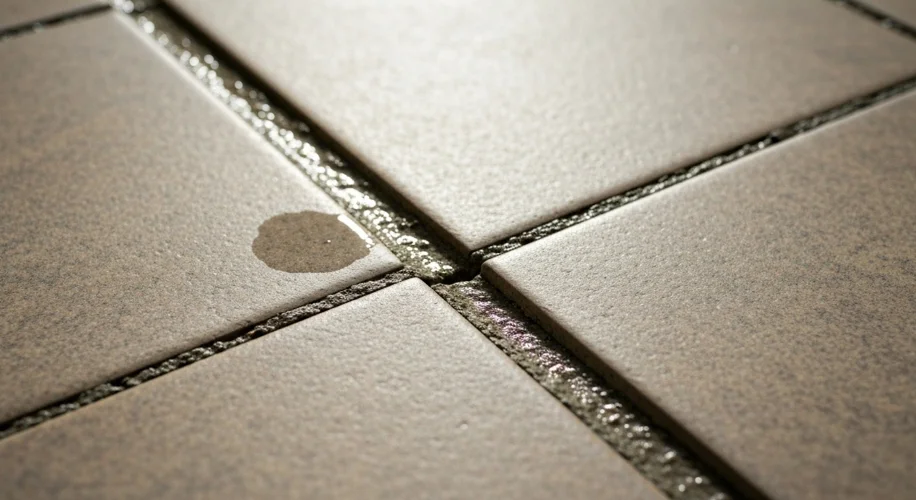Hey everyone, Elias here!
Today, we’re diving into a common homeowner headache: persistent moisture in terrace grout lines. It’s frustrating when you think you’ve sealed up your outdoor space, only to find dampness lingering where you least expect it.
A reader reached out recently about this very issue. They’d applied a transparent polyurethane waterproofing membrane to their terrace but were still seeing moisture in the grout. Their current thought? A spot-treatment with an epoxy vapor barrier specifically in the grout lines. They’re asking if this is a good idea and what other options might be out there.
Let’s break this down.
Understanding the Problem
Terrace waterproofing is crucial, especially for preventing water damage to the underlying structure and avoiding freeze-thaw cycles that can break down materials. Grout lines, being porous, are often the first place water finds its way in if the overall membrane isn’t perfectly sealed or if there are micro-cracks.
Spot-Treating Grout Lines with Epoxy Vapor Barrier
Using an epoxy vapor barrier directly in the grout lines could offer a localized solution. Epoxy resins are known for their excellent adhesion and impermeability, making them a strong candidate for blocking moisture. However, there are a few things to consider:
- Adhesion: Will the epoxy bond effectively to the existing grout and the surrounding tile or stone?
- Compatibility: Is the epoxy compatible with the polyurethane membrane already in place? If not, it could lead to delamination or failure.
- Coverage: Grout lines are narrow. Applying a consistent, even layer can be challenging, and any missed spots could still allow moisture ingress.
- Aesthetics: While it’s a spot treatment, the cured epoxy might have a different sheen or color than the original grout, potentially being noticeable.
While it’s an interesting approach, it might be more of a patch than a complete fix, especially if the moisture is coming from a broader issue with the main membrane.
Alternative and Complementary Approaches
Instead of (or in addition to) focusing solely on the grout, let’s think about the bigger picture:
- Re-evaluate the Main Membrane: If the polyurethane membrane is the primary waterproofing layer, it’s worth inspecting its overall integrity. Are there any other pinholes, tears, or areas where water might be pooling and seeping through? Sometimes, a more thorough cleaning and reapplication of a compatible sealant over the entire surface, paying close attention to edges and drains, is more effective.
-
Grout Sealer: For less severe issues, a high-quality penetrating grout sealer applied to all grout lines can significantly reduce water absorption. This is a simpler, more common maintenance step.
-
Flexible Joint Sealants: If the moisture issue is linked to movement between tiles or at the edges, using a flexible, waterproof sealant (like a high-quality silicone or polyurethane caulk designed for exterior use) in these specific joints might be more appropriate than a rigid epoxy.
-
Drainage: Ensure that the terrace is draining properly. Clogged drains or improper slopes can cause water to sit on the surface longer, increasing the chance of it finding weak spots.
My Take
My gardening instincts tell me that sometimes, the best approach is to look at the whole system, not just one small part. If the main waterproofing membrane isn’t doing its job perfectly, a spot treatment in the grout might only be a temporary band-aid. I’d lean towards thoroughly inspecting and potentially reinforcing the main membrane first, or ensuring a good quality grout sealer is applied everywhere. If the problem persists, then exploring more robust solutions like the epoxy barrier for the grout lines, but with a full understanding of potential adhesion and compatibility issues, would be the next step.
It’s always a balance between addressing the immediate symptom and ensuring the long-term health of your outdoor living space. Happy waterproofing!

